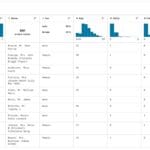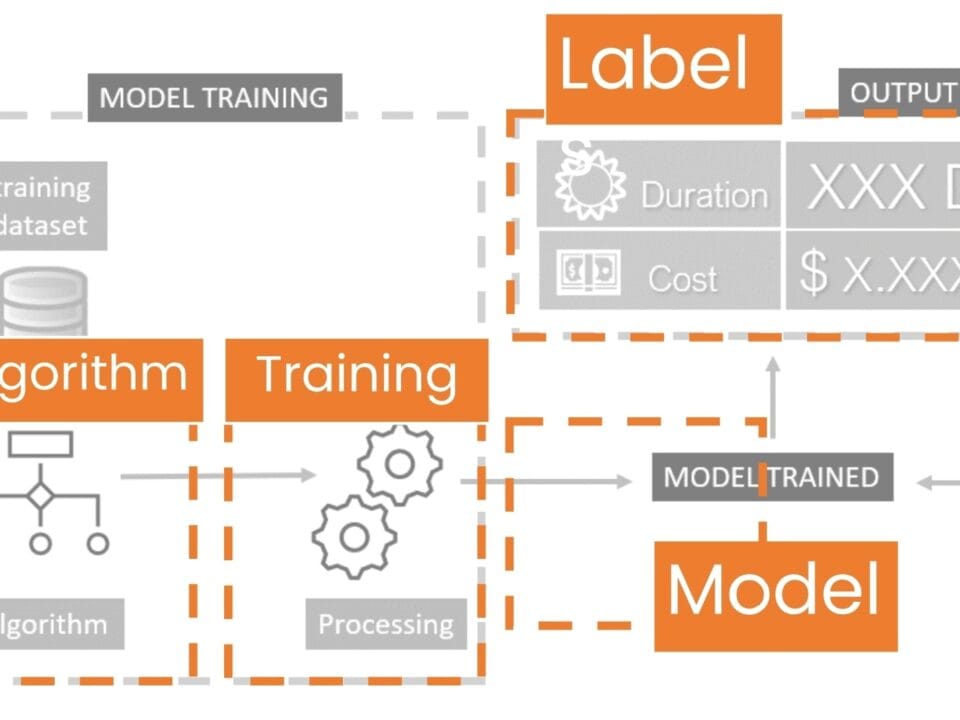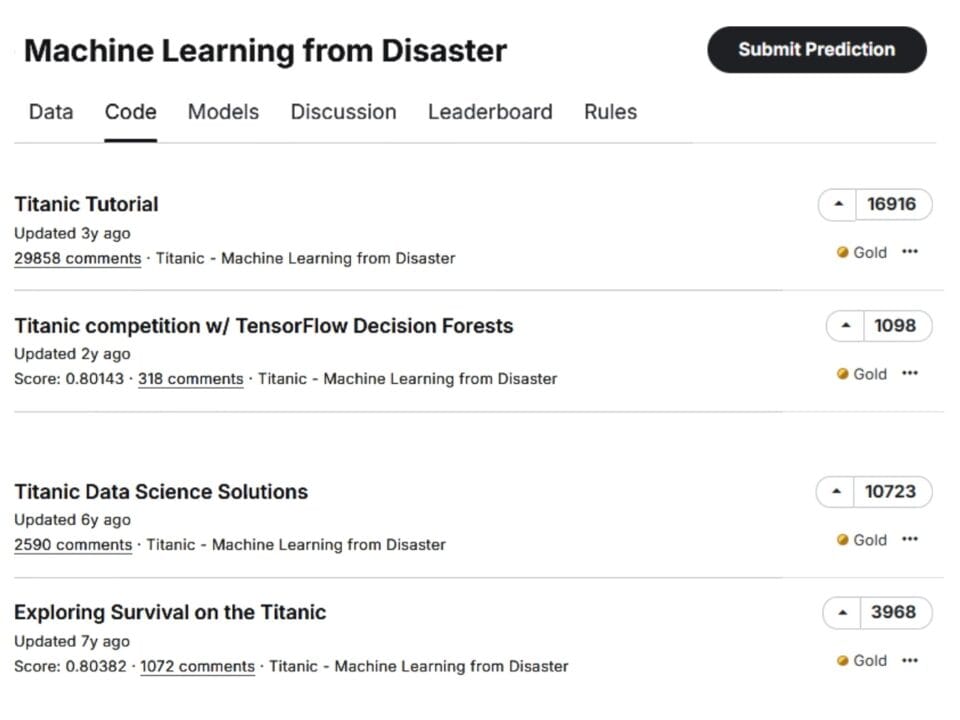The era when strategic decisions depended on the intuition of individual managers (Fig. 9.2-4) is a thing of the past. In an increasingly competitive and challenging economic environment, a subjective approach is becoming too risky and inefficient. Companies that continue to rely on personal opinions instead of objectively analyzing data, lose the ability to respond quickly to change.
The competitive environment demands accuracy and repeatability based on data, statistical patterns and computable probability. Decisions can no longer be based on a feeling, they must rely on correlations, trends and predictive models derived from analytics and machine learning. This is not just a change in tools – it is a change in the logic of thinking: from assumptions to evidence, from subjective probabilities to statistically calculated deviations, from feeling to facts.

Managers who used to rely solely on their own feelings will inevitably face a new reality: authority no longer determines choices. At the center of management are now systems that analyze millions of parameters and vectors, identifying hidden patterns and suggesting optimal strategies.
The main reason why companies today still avoid implementing ML is its lack of transparency. Most models work as “black boxes” for managers, without explaining how exactly they come to their conclusions. This leads to problems: algorithms can reinforce stereotypes and even create ridiculous situations, as in the case of Microsoft’s chatbot, which quickly turned into a toxic communication tool (CIO, “12 famous AI disasters,” 02 October 2024).
In Deep Thinking, Garry Kasparov, former world chess champion, reflects on his defeat by the IBM Big Blue computer(G. Kasparov, Deep Thinking, PublicAffairs, 2017). He argues that the true value of AI is not in copying human intelligence, but in complementing our abilities. AI should perform tasks in which humans are weak, while humans bring creativity. Computers have changed the traditional approach to analyzing chess. Instead of creating fascinating stories about games, computer chess programs evaluate each move impartially, based only on its actual strength or weakness. Kasparov notes that the human tendency to see events as coherent stories rather than individual actions often leads to wrong conclusions – not only in chess, but in life in general.
Therefore, if you plan to use machine learning for prediction and analysis, it is important to understand its basic principles – how algorithms work and how data is processed – before you start using machine learning tools and AI in your work. The best way to get started is through hands-on experience.
One of the most convenient tools for an initial introduction to the topic of machine learning and prediction is the Jupyter Notebook and the popular classic Titanic dataset, which will provide a visual introduction to key methods of data analysis and ML model building.






















